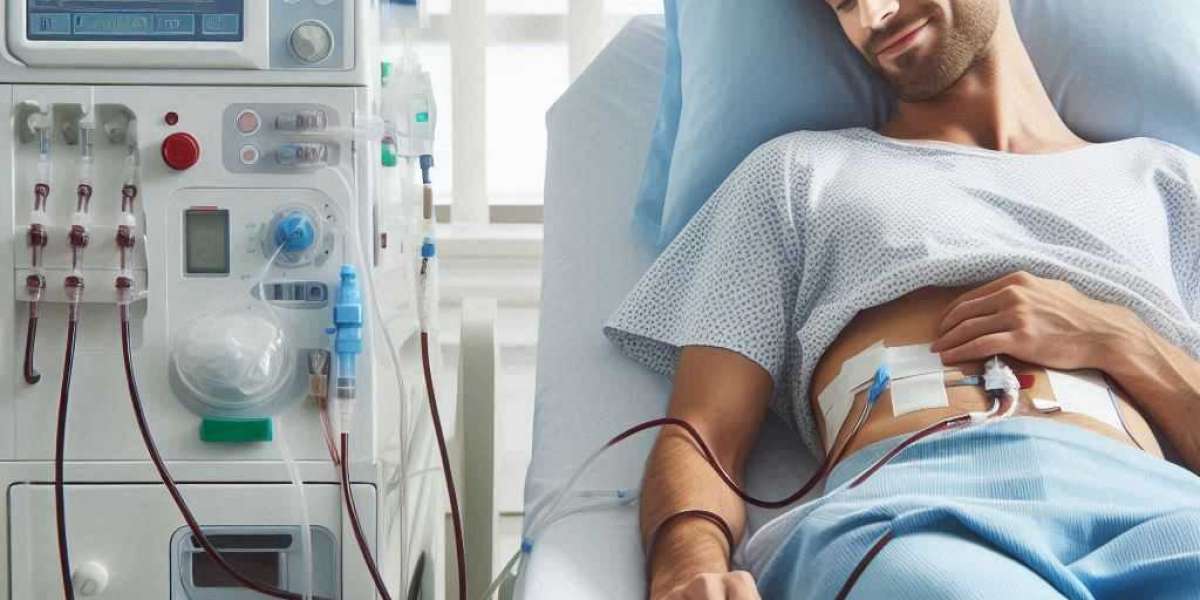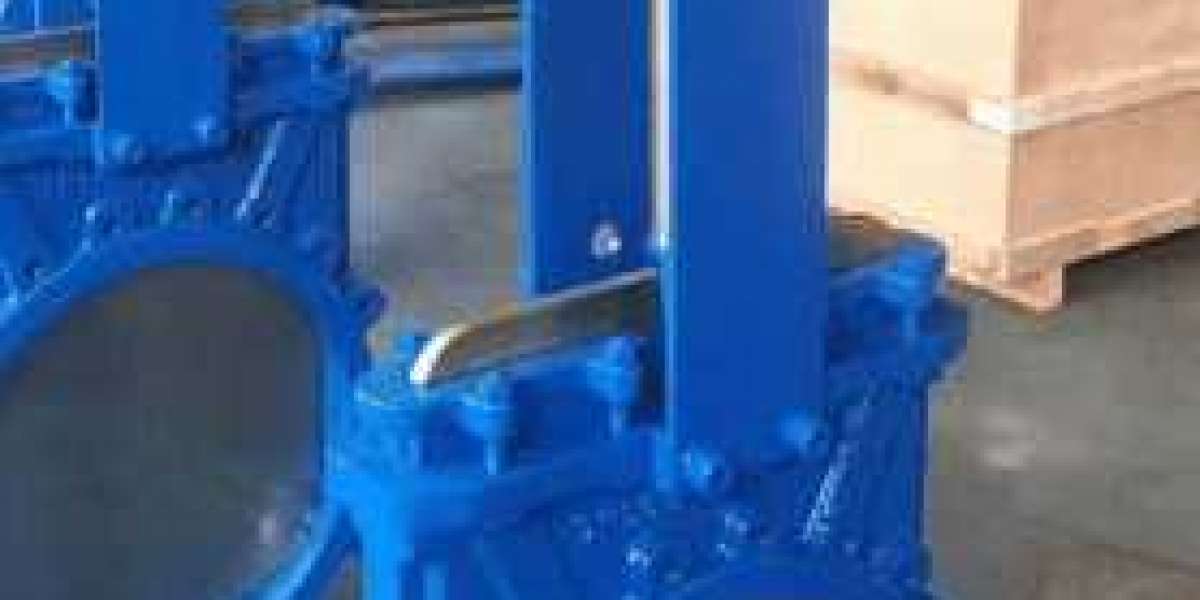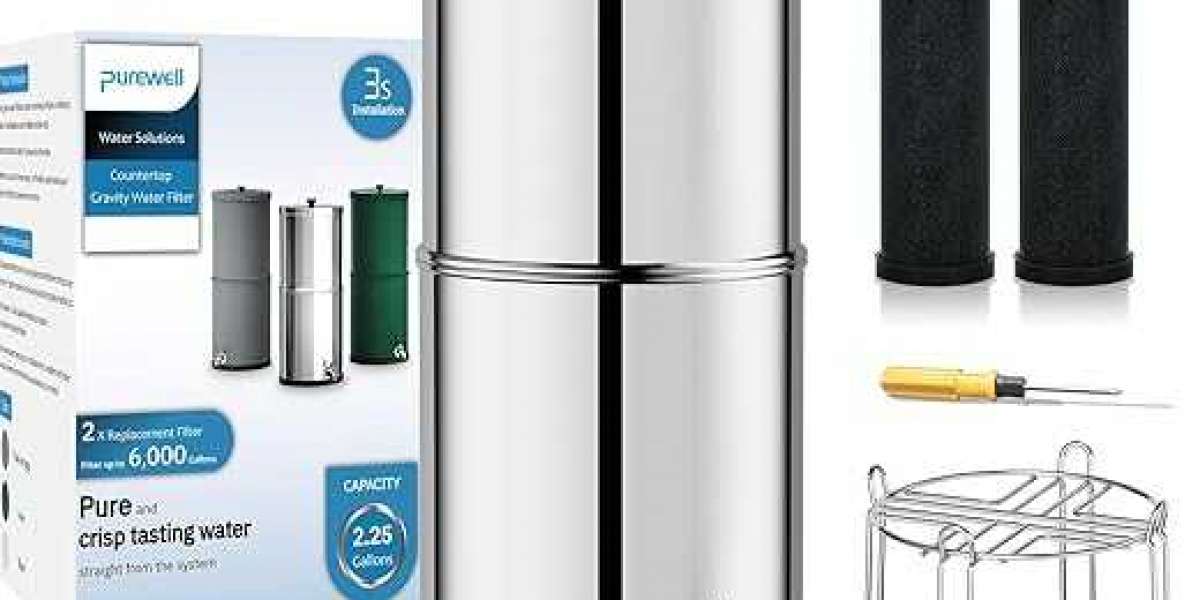What is Peritoneal Dialysis?
Peritoneal Dialysis is a type of dialysis that uses the lining of the abdomen, called the peritoneum, as a natural filter to remove waste and excess fluids from the blood. It is an alternative to hemodialysis, where blood is filtered outside the body through a machine. In contrast, Peritoneal Dialysis occurs inside the body, using the peritoneal membrane as the filter.
How Does Peritoneal Dialysis Work?
The process of Peritoneal Dialysis involves inserting a catheter into the abdominal cavity. A special solution, known as dialysate, is introduced into the abdomen. This solution absorbs waste and extra fluids from the blood vessels within the peritoneum. After a set amount of time, the dialysate, along with the waste and excess fluid, is drained out and replaced with fresh dialysate. This process is repeated multiple times throughout the day, depending on the patient's needs.
Types of Peritoneal Dialysis
There are two primary types of Peritoneal Dialysis:
- Continuous Ambulatory Peritoneal Dialysis (CAPD): This is the most common type. In CAPD, the patient manually exchanges the dialysate multiple times a day, typically four exchanges. Each exchange takes about 30-40 minutes, during which the patient allows the solution to flow in and out of the peritoneum. CAPD doesn’t require a machine, so it can be done at home, giving patients more flexibility in their daily routines.
- Automated Peritoneal Dialysis (APD): Unlike CAPD, APD uses a machine to automate the exchange process, usually while the patient is asleep. The machine performs multiple exchanges during the night, allowing the patient to have more free time during the day. This method is ideal for patients who prefer not to be involved in manual exchanges during waking hours.
Benefits of Peritoneal Dialysis
Peritoneal Dialysis offers several advantages over hemodialysis:
- Flexibility and Independence: Since Peritoneal Dialysis can be performed at home, patients have more control over their treatment schedule. Unlike hemodialysis, which requires frequent visits to a dialysis center, Peritoneal Dialysis allows for greater convenience.
- Gentler on the Body: Many patients find Peritoneal Dialysis to be gentler than hemodialysis because it uses a continuous process of dialysis, as opposed to the periodic, intermittent nature of hemodialysis. This often results in fewer fluctuations in fluid levels and a more stable blood pressure.
- Better Quality of Life: With fewer restrictions on their schedule, patients on Peritoneal Dialysis can maintain a more normal lifestyle. It may also be easier for them to travel or go about their daily activities without the need for frequent trips to the dialysis center.
- Preservation of Kidney Function: In some cases, Peritoneal Dialysis helps preserve kidney function for a longer period, especially when compared to hemodialysis.
Risks and Complications of Peritoneal Dialysis
While Peritoneal Dialysis is beneficial for many patients, it does carry some risks and potential complications:
- Infections: The most common complication of Peritoneal Dialysis is peritonitis, an infection of the peritoneum. This can occur if the catheter or the dialysate solution becomes contaminated. Symptoms include abdominal pain, fever, and cloudy dialysate fluid. Proper hygiene and sterile techniques are crucial to preventing infections.
- Catheter Problems: Sometimes, the catheter used in Peritoneal Dialysis can become dislodged or blocked, which can interfere with the dialysis process. Regular maintenance and careful monitoring of the catheter are essential.
- Hernias: The pressure caused by the dialysate inside the abdomen can lead to the formation of hernias, especially in patients who are on Peritoneal Dialysis for extended periods.
- Fluid Overload or Underload: While the purpose of dialysis is to remove excess fluid, incorrect fluid exchange can lead to either fluid overload or dehydration. Monitoring the right fluid balance is vital to avoid complications.
Is Peritoneal Dialysis Right for You?
Choosing between Peritoneal Dialysis and hemodialysis depends on several factors, including the patient's overall health, lifestyle, and preference. Some patients may prefer Peritoneal Dialysis because it allows them to avoid the need for a dialysis center visit and gives them more control over their treatment. However, it may not be suitable for everyone, especially those with significant abdominal scarring, hernias, or certain infections.
Preparation for Peritoneal Dialysis
Before starting Peritoneal Dialysis, patients need to undergo several evaluations. These may include assessing the patient's overall health, kidney function, and the suitability of their abdomen for the catheter placement. Education on the proper handling of the dialysis process is also necessary, as patients will need to learn how to perform exchanges and monitor their health.
The Future of Peritoneal Dialysis
As technology advances, the future of Peritoneal Dialysis looks promising. Innovations in dialysis solutions, catheters, and automated machines are making the process more efficient and less prone to complications. New research is also underway to improve the outcomes and overall experience for patients undergoing Peritoneal Dialysis.
Conclusion
Peritoneal Dialysis is a vital treatment option for patients with kidney failure, offering flexibility, convenience, and a more stable dialysis process. While it has its risks, with proper education, care, and monitoring, patients can maintain a good quality of life. It’s important for individuals with kidney disease to work closely with their healthcare providers to determine the most suitable treatment for their condition.







